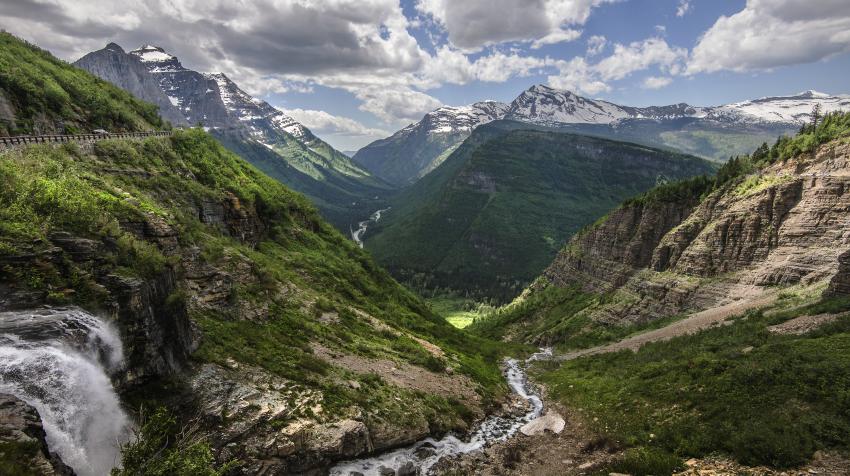Washington, DC, 14 August 2023 – What’s on your travel bucket list? So many options – but odds are UNESCO has a list of many of these places.
The United Nations Educational, Scientific and Cultural Organization – UNESCO – aims to promote international cooperation in education, sciences, culture, communication and information.
UNESCO is especially well-known for designating World Heritage sites – work begun 50 years ago when nations (including the United States) adopted an international treaty recognizing that places of outstanding universal value form part of the common heritage of humankind.
These are sources of inspiration and wonder – places so important to our cultural and natural heritage that they are irreplaceable. There are now 1,157 such places (and counting) - 24 in the US. Many are well-known – like the Great Smoky Mountains National Park in Tennessee and North Carolina, which the US National Park Service regularly ranks as the nation’s most-visited. Because the park is relatively untouched, visitors experience what the natural world here was before the influence of humankind. More than 3,500 plant species – including almost as many trees as in all of Europe – are found there, along with many endangered animal species. (It also has what is probably the greatest variety of salamanders in the world.)
Also popular:
- Yellowstone in Wyoming, Montana and Idaho is the first of the 425 national parks in the US, has the world’s largest concentration of geysers and is home to a breathtaking array of wildlife.
- Yosemite in California’s Sierra Nevada mountains, and the Redwood forest in the state’s north, boast exceptional natural beauty, including some of the world's highest waterfalls, groves of giant sequoia and redwoods, alpine meadows and a remarkably diverse habitats.
- The Grand Canyon in Arizona is considered the world’s most spectacular gorge where geological history of the past 2 billion years is written into its rocks’ horizontal strata.
- The Everglades in Florida appears as a river of grass but below its surfaces provides an exceptional variety of sanctuary for birds, reptiles, and more than 20 rare, endangered or threatened species – including Florida panthers, manatees, alligators and crocodiles. A major corridor for migration, the Everglades provides vital foraging and breeding habitat for more than 400 species of birds and is especially significant for wading birds.

Other sites boast distinctive natural wonders:
- Mammoth Cave in Kentucky – the biggest cave system in the world, much of it unexplored – draws hikers, spelunkers and photographers alike.
- Carlsbad Caverns in New Mexico includes 80 caves outstanding for their size and for the profusion, diversity and beauty of their mineral formations.
- Hawaii Volcanoes National Park is where two of the world’s most active (and accessible) volcanoes continue to edit the landscape that surrounds them.
- Washington’s Olympic National Park, whose extensive old-growth forest and alpine meadows are home to many endangered and other species, includes remarkably diverse ecosystems.
- Spanning the US-Canada border are land and seascapes created and marked by glaciers: the International Peace Park in Montana – the centerpiece of the Crown of the Continent ecosystem – and the areas around Glacier Bay in Alaska.

Some World Heritage sites have cultural significance:
- Three symbols of freedom and democracy – the Statue of Liberty in New York, Independence Hall in Philadelphia, and Monticello and the University of Virginia in Charlottesville
- The iconic designs of architect Frank Lloyd Wright in New York and Pennsylvania
- The centuries-old fortifications in San Juan, Puerto Rico, and the San Antonio missions in Texas.
Others are a mix of cultural and natural importance, like the Taos Pueblo and Chaco Culture in New Mexico. Hawaii’s Papahānaumokuākea, a place its Native culture treasured, is one of the world’s largest protected marine refuges. Still others have prehistoric significance – from the famous cliff dwellings and other archaeologic sites at Mesa Verde in Colorado, to the Cahokia Mounds near St. Louis, Missouri, to Louisiana’s Monumental Earthworks of Poverty Point.
UNESCO’s mission embraces the free flow of ideas and knowledge-sharing that drive many travelers’ explorations. The World Heritage Sites are a great place to start!




